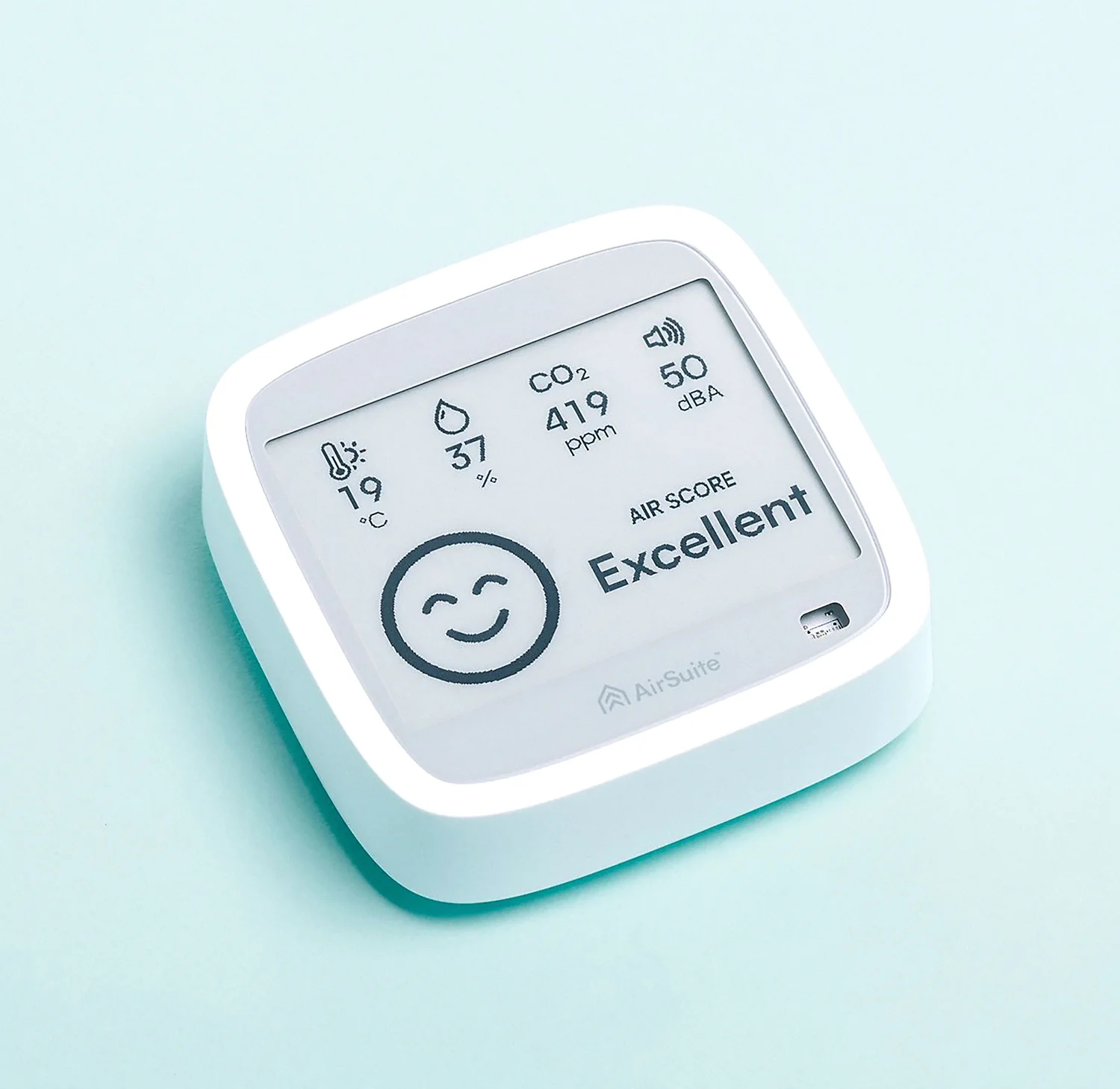
News
Press releases, news and articles from the AirSuite team
Nordic cellular connectivity a game-changer for IAQ monitoring
Wireless air quality monitoring is now more accessible than ever. Learn how advances in cellular connectivity are driving widespread adoption.
Data analysis provides a better understanding of the factors influencing our indoor environments. Te Haratau—an initiative by the New Zealand Ministry of Education—was created on the back of research linking learning outcomes of students to the quality of their indoor environments.
AirSuite was born out of this project, when it became clear there was a wider scope of potential benefits outside of the education sector. We found continuously monitoring a range of indoor environmental variables could result in positive outcomes in terms of health, productivity and staff retention - many potential benefits far too important for any organisation to ignore.
In recent years, advancements in wireless technology have helped create a variety of scalable solutions.
Wireless connectivity can provide near real-time responsiveness for air quality monitoring, which is necessary as environmental factors can change rapidly - for instance, increased carbon dioxide levels in crowded meeting rooms. These alerts enable immediate interventions, which is not attainable through historical data analysis. In recent years, advances in wireless tech have helped create a variety of scalable solutions for indoor air quality monitoring, and allow for flexible placement of a wide range of sensors—measuring factors such as humidity, carbon dioxide, air pressure and volatile organic compounds (VOCs)—independent of local IT networks.
Cellular connectivity has emerged as a game changer, allowing companies to bypass local Wi-Fi networks and mitigate cybersecurity risks. Better batteries and reduced power consumption have also significantly extended the lifetimes of wireless solutions. This also eliminates the hassle of frequent battery replacements, enabling companies to locate sensors where they are needed most. Additionally, the simplification of systems has greatly reduced startup and overhead costs. It has now reached the point where anyone can deploy these products and have access to live data in just minutes. This has eliminated the need for IT support or installation technicians, making it accessible for even more companies.

The power of data analysis
The integration of AI and ML tools in wireless air quality monitoring promises a new era of intelligent data analysis, offering greater value for thorough predictive insights. This facilitates informed decisions for better health outcomes. The growing emphasis on Corporate Social Responsibility (CSR) and the prioritization of employee wellbeing are anticipated to further drive the adoption of these solutions. Devices like the AirSuite Glance are empowering organisations to curate the optimal environment for their most valuable assets - people.
This article was originally published in Nordic Wireless Quarter magazine, Issue 4, 2023.
Read more about AirSuite’s partnership with Nordic Semiconductor.
2025
2024
- September Newsletter: The Control Room, Rankings, Insights and Alerts 🚨
- Media Release: AirSuite and Jani-King join forces to build wellness in New Zealand businesses
- June Newsletter: Is your organisation running at peak efficiency? 🏃
- April Newsletter: Easter treats from the AirSuite team 🐰
- Nordic cellular connectivity a game-changer for IAQ monitoring
- What's AirSuite doing to keep your data and sensors secure?
2023
Let’s talk about how AirSuite™ can deliver real indoor outcomes for your organisation today



